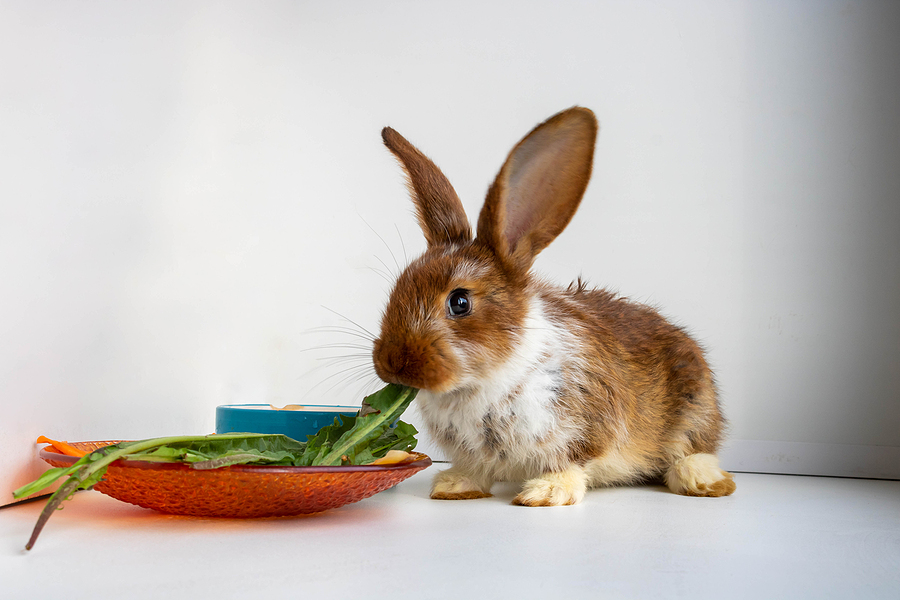In the UK it is legally required to microchip a pet dog before it is 8 weeks old and update the pet microchip if there are any changes to the details contained in a government standard database.
Besides this legal requirement for dogs, however, microchipping is used to help identify many other pets and other domesticated animals as well.
In late 2021, the microchipping laws were expanded to include cats, and the initial trials for pet microchipping involved racehorses, but what other animals can be microchipped?
In practice, it is harder to find species of animals that have not been microchipped rather than ones that have, with many creatures being microchipped either to maintain complete ownership records or as part of research into rare species.
This is why most domesticated animals, including lizards, snakes, fish, rabbits and even turtles and tortoises are often microchipped.
Outside of pets, however, most livestock are microchipped to help trace the providence of particular animals, monitor health and avoid the spread of diseases. This is particularly important for pigs, as diseases can often spread quickly from a single pig to an entire pigsty.
Microchipping in research began with fish as early as 1983, to see if it could be used to trace fish movements, and was so successful that it was extended to other species such as birds, amphibians, even large mammals like whales and elephants.
It was a much more elegant solution than using ear tags, leg bands or trying to distinguish particular animals by using identification features such as scars.
The latter can fade and the former could sometimes be spotted by predators and prey, affecting the animal’s ability to hunt.
This can provide a wealth of useful information about lifespans, gender ratios, average ages and with some chips even biomarkers that determine health.



